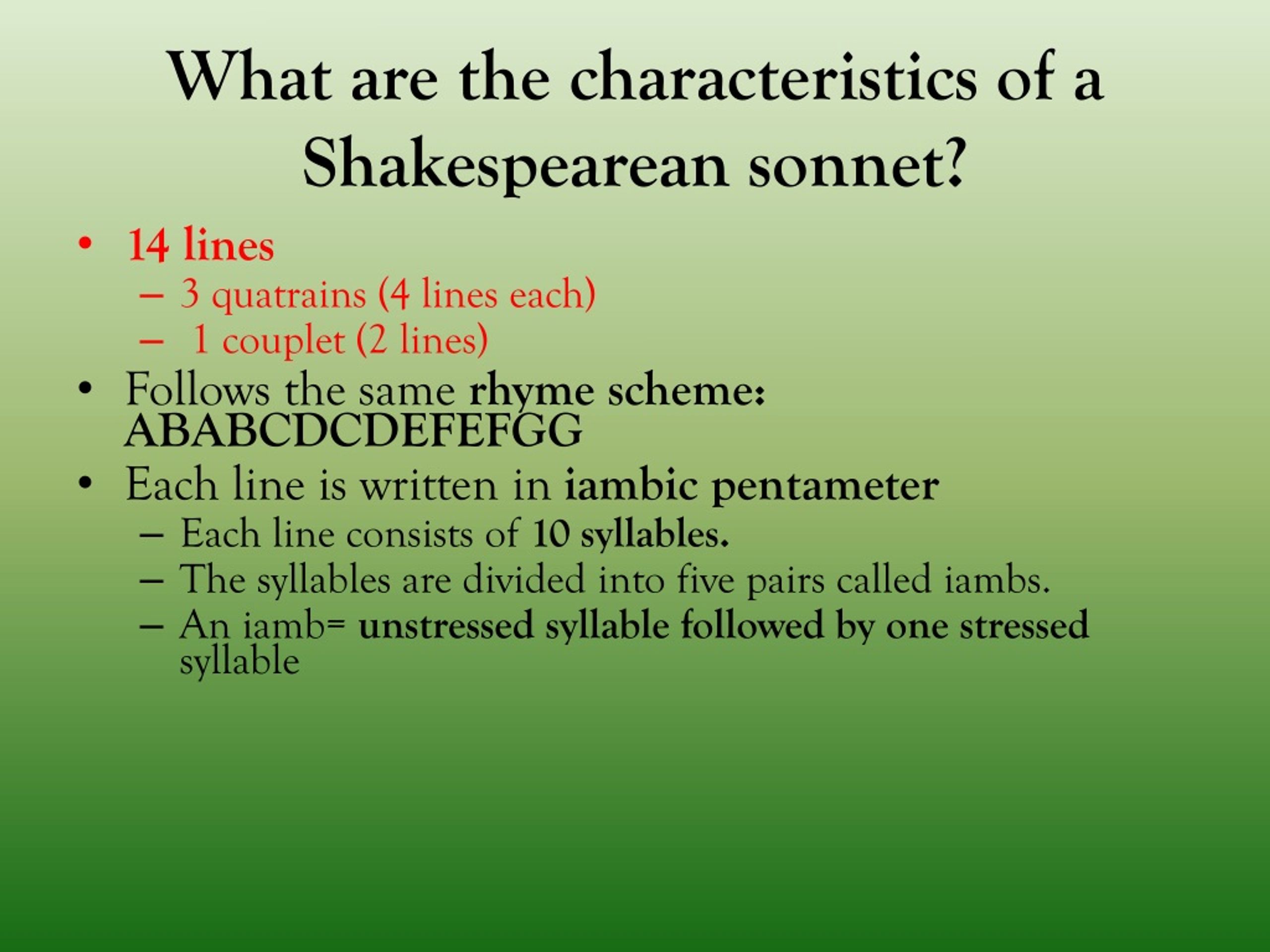
We do, however, repair the vast majority of imperfections successfully any imperfections that remain are intentionally left to preserve the state of such historical works. In rare cases, an imperfection in the original, such as a blemish or missing page, may be replicated in our edition. A sonnet sequence consists of several individual poems about a general subject that are arranged in such a way that, read in order, they create a basic. It is popularly known as Tottel’s Miscellany after the. Tottel’s Miscellany is a landmark of lyrical poems, Songs and Sonnets was published. The period from 1550 to 1580 is the formative and imitative period of Elizabethan poetry. Forgotten Books uses state-of-the-art technology to digitally reconstruct the work, preserving the original format whilst repairing imperfections present in the aged copy. The Elizabethan period, particularly the period from 1580 to 1603, is the golden age of the Renaissance.

Find more at This book is a reproduction of an important historical work. (42) Thus Gower writes.įorgotten Books publishes hundreds of thousands of rare and classic books. 1 (i) Descriptions of beauty, in the sonnets, beara general resemblance to those found in the earlier poetry. The general character of the resemblances between the sonnets and Middle English verse may be gathered from the following list of representative parallelisms and analogues. In the sonnets, Astrophil says Stella keeps her distance and in time marries another man. She considers Sidney's sonnet sequence, Astronhel and Stella, Spenser's Amoretti, Drayton's Idea, and Daniel's Delia.

In the first chapter the author is concerned with the background of the Elizabethan sonnet sequence.

Excerpt from Relations of the Elizabethan Sonnet Sequences to Earlier English Verse, Especially That of Chaucer Thesis Presented to the Faculty of the Department of Philosophy of the University of Pennsylvania in Partial Fulfillment, of the Requirements for the Degree between the two characters that causes one sonnet to continue logically to the next, thus forming a sonnet-cycle.


 0 kommentar(er)
0 kommentar(er)
